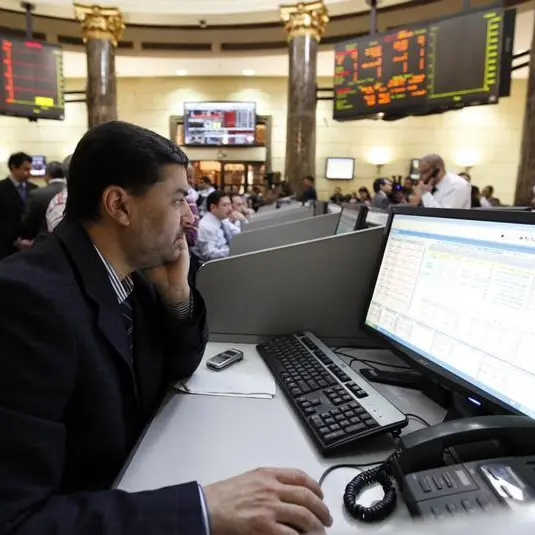PHOTO
The 21st century may still be relatively young, but it has already seen a succession of disparate international crises, from the 9/11 attacks and their aftermath through to the 2007/08 financial crisis and the COVID-19 pandemic. What links these events is the fact they have all highlighted that greater resilience is badly needed to mitigate the huge uncertainty of contemporary hazards.
The concept of resilience is not new. It was, at least in part, from the experience of the Second World War that we derived supranational institutions like the UN and the EU, international monetary mechanisms, and a resolve that it would never happen again. A resistance to the possibility of world war recurring was embedded in our institutions and way of thinking.
Yet, resilience is now more important than ever, in large part because globalization has rendered so much of the world increasingly interdependent — and potentially vulnerable. The threats (and also opportunities) we face are seamless, running across the boundaries of defense, foreign affairs, domestic and social.
Driven by advances in transport, communications and electronic networks, globalization has delivered opportunities in terms of mobility, movement and the exchange of people, ideas, values, resources, commodities and finance. However, globalization and its associated technology have also brought new threats or intensified existing ones, including terrorism, cyberattacks, pandemics, environmental challenges and resource shortages, plus financial crises.
The instability and uncertainty accompanying this high measure of international interdependence may now mean that crises are recurrent — and thus the rule rather than the exception. The sheer mass of information engulfing decision-makers can have a paralyzing effect. And the speed with which threats spread may be magnified in proportion to the degree of interdependence.
We need look no further than the ongoing pandemic, which appears to have begun in Wuhan, China, or the financial crisis of 2007/08 that cascaded across the globe from the US sub-prime housing sector to see globalization in practice.
This bias toward instability is exacerbated by the fact that the nature of the potential crises we face is constantly evolving. Take the example of international terrorism, where much more sophisticated threats than 9/11 — involving nuclear, biological and radiological devices whose transportation has been facilitated by increasingly seamless global networks — are growing.
Of course, much has been done to strengthen security structures around the world since 2001. But the magnitude and complexity of the challenges we face have also grown. Both of the orthodox elements of threat — intention and capability — are now almost completely unconstrained. Some terrorists embrace a willingness to kill millions and have available the potential destructive capacity to do so.
The fact that crises are recurrent and constantly evolving means it is essential to continually upgrade our capacity to deal with them by identifying, exposing and remedying our deficiencies. This is a relatively uncontroversial ambition, shared by many, but much more is needed to deliver on it.
This requires bold international leadership to deliver. During the 2007-08 financial crisis, then-UK Prime Minister Gordon Brown used the presidency of the G20 to bang heads together and come up with the international response that was needed. In recent years, however, the world has had a vacuum of statesmanship, with politicians of a significantly weaker caliber in power.
The goal must be to assess and embed resilience, as well as analyze current and future threats, and to extend this analysis into action in outlining policy options to shape our crisis preparation, response and recovery. This emphasis on embedding resilience throughout organizational structures and culture is essential given the nature of contemporary society. Where there is, for instance, global availability of information through the internet, satellite and mobile communications, resilience to threats must be embedded in a decentralized way.
Yet, to the degree that resilience can ever be said to have depended on elites at the top of organizations, this is no longer the case — hence the need to bring together practitioners from the public, private and third sectors with other stakeholders, including academics, in order to combine theory and practice in targeted projects. Such partnership working is also paramount because of the scale of the challenges we face.
If we are to be able to keep up and potentially be one step ahead of future challenges, we will need to pool our ingenuity to innovate and deliver solutions. Ironically, while today’s threats are new, in a sense what we are looking for is a recall of the past.
Just as innovators and key institutions, working together, were vital when meeting the risks of yesteryear, we must now pool our skills and expertise in our battles against contemporary menaces. The goal must be nothing less than ensuring that government, business and society can not only cope with, but flourish in, the increasingly uncertain times in which we live.
- Andrew Hammond is an Associate at LSE IDEAS at the London School of Economics.
Copyright: Arab News © 2022 All rights reserved. Provided by SyndiGate Media Inc. (Syndigate.info).












